Education is entering a golden age of flexibility to the learning style of the modern student: whether you want to learn part-time or full-time, go into a traditional classroom setting or learn from your laptop, you can pursue a variety of different educational pathways that will help you start a fulfilling career.
Enter the coding boot camp. Part-time coding schools are particularly enticing for anyone who may want to learn a new skill while balancing work or family responsibilities. Students - no matter their age or location - are increasingly taking advantage of this flexible learning format. During and after we have a global handle on COVID-19, most part-time students will be either a hybrid or online coding boot camp.
Remember, a programming boot camp isn't a non-profit venture, with tuition costs ranging into the tens of thousands of dollars to deferred tuition options. So it’s a good idea to do your research before enrolling.
In this article, we’ll help future coding boot camp graduates learn more about the pros and cons of learning in a part-time bootcamp, so you can decide if this learning format is the right fit for you.
What is a part-time bootcamp?
A part-time bootcamp is an online learning program that typically requires less than 40 hours per week of lessons and coursework. Most bootcamps focus on a specific technical skill, such as UX design, web development, or data science. Students attending typically have a singular goal in mind: secure a job as a junior software engineer, web developer, or depending on your previous experience (but more unlikely) a software engineer.
Depending on the specific bootcamp you choose, the format of a part-time program could vary widely. But most offer a combination of pre-recorded lessons, and coursework that you’ll complete on your own time or synchronously with a cohort of other part-time boot camp students.
What are the differences between part-time and full-time bootcamps?
There are a few main differences between part-time and full-time bootcamp formats.
Full-time programs provide more structure than part-time programs. In many cases, full-time bootcamp courses require you to log in at a certain time each day to participate in live online lessons. (This applies to almost every full-time curriculum learning coding skills, whether it's in software engineering, cyber security, UX.) Computer science is a field that emphasizes conditional logic as much as honing coding skills, which is why this level of immersion is recommended by programs helping you to become a software developer.
In contrast, if you’re learning part-time, you’ll probably be watching recorded videos on your own time or have limited synchronous learning with other students. This doesn't mean your coding course is skimping on the material. This means that, if you enroll in a part-time program, you’ll have to be extra disciplined: you’ll be responsible for setting a schedule and sticking to it in order to graduate on time. Both, however, provide support for students pursuing a tech career.
A part-time program will allow you more personal freedom. This is a huge benefit for many students. If you learn coding skills part-time, you’ll have more freedom to continue working at your job, balance family with your education, and even schedule breaks and time off without feeling like you’re falling behind. In many part-time courses, you can also set your hours: so if you work during the day, or find it easier to focus early in the morning, you can decide to learn at the times that are best for you.
Full-time programs require a much more substantial time commitment, but often in a shorter window of time. And since they tend to consist of fully synchronous live lectures, you won’t have quite as much freedom to set your schedule.
Part-time bootcamps may have fewer live learning opportunities. In any coding bootcamp, whether part-time or full-time, you’ll have the benefit of learning with an online cohort of other students and interacting with instructors.
Some part-time bootcamps may offer fewer opportunities to engage directly with other students and professors in live workshops and labs. Others will have the same level of paired student coursework but they’ll also be juggling their personal life. Either way, you’ll still have in-depth lessons and opportunities to ask questions asynchronously.
So consider how you typically learn, and whether you think you’ll be comfortable in a more independent environment.
Part-time bootcamps may cost less. The benefit of thinner student support is that part-time bootcamp programs are often less expensive than full-time options. If the tuition cost is a big factor for you, then you may find that a part-time bootcamp is more affordable than a comparable full-time option.
How will I learn in a part-time bootcamp?
Many part-time bootcamps offer some combination of:
- Pre-recorded video lessons
- Virtual office hours with instructors, teaching assistants (TAs), or assigned mentors
- interaction with other students via online messaging software, like dedicated Slack groups
- Limited synchronous learning
- Quizzes and assignments that you complete at home, online
In a part-time bootcamp, your learning will be a bit more spread out. That means that you’ll be establishing your own study schedule following completion of the day’s work, a critical step in putting the concepts to memory.
Since there are no rigid regulations around how bootcamps present their course material, you could have a much different experience depending on the program in which you enroll.
Should I enroll in a part-time bootcamp while working?
The primary and most appealing benefit of working while attending a bootcamp is that you can still earn an income coming in while studying. This means you’re hedging the risk of making a major career shift without income coming in. You won’t be under as much pressure to land a job right away after graduating. And for some, the option of working while learning means that you don’t have to take on a loan to pay for tuition. You might be able to afford to pay in one lump sum, which in many cases is the lowest overall cost.
So studying part-time might sound like the obvious choice. But keep in mind that you’ll face the added challenge of balancing work with school responsibilities. Bootcamp programs often come with assignments and quizzes, which could be an added stress for you if you’re balancing studying with working. That’s even more true for those individuals who choose to keep working full-time while studying.
So plan for some long days, and less time off. That might be feasible for you, especially since most bootcamps only last a few months. But it’s important to be realistic about the schedule you’ll be setting up for yourself.
What are the requirements for enrolling in a part-time bootcamp?
The enrollment criteria vary by bootcamp, but most have pretty light requirements: if you have a high school diploma, are well above average in your digital fluency, and can demonstrate your motivation to succeed in a new career in your interview, then you’re likely to be accepted.
Most reputable part-time bootcamps might require you to take a short practice module and pass a quiz to ensure that you can successfully learn the material. No one benefits from a student paying for an education that struggles with the fundamentals needed to move at the pace of the program. But in most cases, you don’t need any prior experience in coding, or your tech field of choice.
But that doesn’t necessarily mean that a part-time bootcamp is ideal for everyone. To make sure you’ll benefit from the program, you’ll need to make sure you can find the time throughout your week to focus on your course and complete your coding assignments. You should also feel personally excited to embark on a new career: that motivation will help propel you through the program, even when the work becomes more challenging.
How should I prepare for a part-time coding bootcamp?
Before enrolling in a part-time bootcamp, you should do some research to choose your program. And whether you’re considering a course that focuses on data analytics, coding, UX design, or any other tech field, you should be confident that it’s the right direction for your career. Even though you’ll be studying part-time, you’re still making a huge commitment: so you want to make sure that it results in a job you truly love.
To excel in any bootcamp, you should have the necessary laptop, wifi connectivity (this seems trivial, but in many parts of the country this is surprisingly overlooked), and a comfortable, quiet place to work and study. Headphones might be helpful too, so you can listen to video tutorials at any time of day without disturbing others in the home. Some part-time bootcamps may require you to meet regularly with a mentor, so you may need a microphone as well.
How can I get the most out of a part-time coding bootcamp?
When you’re learning a skill through a part-time bootcamp, there are a few best practices that will help ensure you’re able to digest the material.
- Minimize distractions. It’s hard to learn to code (or any other tech skill for that matter). It’ll be even harder if you’re trying to make sense of new concepts while someone else is watching a movie or the dogs are barking. Life happens, but to the best of your ability, try to reduce the number of noises and distractions around you during study time. Block off at least one hour, so you can fully concentrate on the work in front of you. The worst kept secret: Data science and web development courses require deep focus.
- Take advantage of every resource. Some bootcamps come with virtual office hours, tutors, mentors, job placement and career services, student groups, or other types of learning support. Make it a point to take advantage of every resource at your disposal, at least once. That way you can decide which individuals, resources, or communities are most useful for you - and also connect with others in the field. Those entering web development also have incredible resources other fields don't have. A web developer being able to see what others are programming in real-time on GitHub, Reddit, and Discord can bring some of those ideas back to your individual or team coding project. (One of the best parts of being in a computer science field is how happy people are to help when they see you've done the prep work. So resource yourself well.)
- Stick to a schedule. For many, the benefit of a part-time bootcamp is that you don’t have to adhere to a firm 9-5 schedule. But some structure will probably help you stay on track. Before you even enroll, decide what your schedule will look like day to day, so it’ll be easier for you to build a study routine.
- Remember to take breaks. A software engineer needs rest, too. Some part-time bootcamps allow you to move ahead at a faster pace. That doesn’t mean that you should sit down for 12 hours and get through as much of the curriculum as possible. You’ll be absorbing dense, technical information, so be sure to give yourself breaks to recharge.
- Establish a project management system. Start setting goals for yourself (such as completing a certain percentage of the curriculum, or starting your job applications), and attach a deadline to each one. Document those goals in a calendar app or project management system, like Trello, Gmail, or even an Outlook calendar. You can even set reminders for yourself before each deadline, so you can hold yourself accountable.
Tips for evaluating part-time programs
The world of online bootcamps is expansive, and choosing the right one for you and your goals is your first challenge. Bootcamps aren’t regulated by the same accrediting bodies as traditional higher education mainstays, and it’s up to you to carefully evaluate whether you’re enrolling in a program you can trust to teach you a new subject, and help begin or transition your career.
Start by doing some research online, so you can identify the top 5-7 part-time programs that offer the particular skill you’re looking for. Then, check out student testimonials and reviews that aren’t anonymous. You can always get a solid high-level overview of aggregated student ratings and starting salaries on bestcodingbootcamps.com, you’ll get information on reputability by reading a bit about them in their program profile and comparing their benefits against other bootcamps you want to attend.
Be sure to read up on the time commitments, overall cost, location (at this point many have the option for a hybrid or online coding boot camp), and strength of the program among other differences between programs you’re considering. The part-time category may include some programs that are completely flexible and require no firm time commitment, while others may recommend up to 25 hours per week to stay on track in the curriculum. (Coding Dojo, for example, offers a few different formats for part-time students.) Either way, prepare for a significant time commitment in both the curriculum and application of new coding languages. An insider secret: Even though a bootcamp may be part-time, one of the mistakes new students make is estimating 25 hours in total. More likely than not, you’ll spend additional time practicing coding challenges.
Also, keep in mind that you can ask questions during your bootcamp interview after applying. Ask your admissions representative for more detail about the student support offered in their part-time program, inquire about job placement rates, and find out what type of students are most likely to succeed and land a new job.
How to get a job after graduating from a part-time bootcamp
Your decision to learn to be a software developer part-time doesn’t mean that you’re any less committed to your new career path than someone who devoted 40 hours a week. In fact, it could be even more impressive to future employers if you’ve demonstrated that you had the work ethic to complete your course while juggling work or caring for family members, and also put together an impressive resume of projects.
Most part-time bootcamps offer some form of career coaching and guidance to help you apply to jobs and get hired. But it’s important to also do your due diligence to set yourself up for success. There are a few things you can do to help catch the eye of employers, even before you graduate.
- Add your experience to your LinkedIn. Add your bootcamp experience to the 'Education' section. If you completed projects that you’re proud of and differentiate you from others breaking into the field, share the links in a post. Make sure to also add the PDFs to your profile. When you complete the bootcamp courses and program, you’ll want to add a certificate if you received a formal credential upon graduating. Be sure your continuing education gets the credit it deserves.
- Create a professional portfolio. Some part-time bootcamps help you prepare your portfolio, but it never hurts to get a head start. As you start picking up new skills and finishing assignments, keep a collection of links to the finished product. When you’re ready, you can compile them using a portfolio website, or your URL.
- Share your experience through blogs. Blogging about your journey as you learn could be a great way to connect with others in the industry, and writing significantly helps to improve your thinking. Sites like Medium make it easy for you to create an account and start writing to reach an audience.
- Leverage your existing connections and career support. Talk to friends and family about your decision to enroll with a bootcamp. Check through your LinkedIn connections to see if you already know someone in your field of choice. You may discover that you already know people who have also studied with a bootcamp, made a career change or started a successful career in your new field.
- Take advantage of professional networks through your bootcamp. Some bootcamps have an employer network: a pool of organizations that have successfully hired bootcamp grads in the past. After you enroll, find out how you can leverage that network. Sometimes, a simple action like sending a few cold emails to employers or joining a professional group on LinkedIn could result in a job offer.
- Start applying early. We hinted at this up front, but it bears repeating: don’t wait until you are a coding boot camp graduate to start applying to jobs. If you see an attractive role for web development or junior software engineer that has a competitive salary for your market and budget? Apply. You may not have tons of spare time as your course curriculum picks up, especially if you’re balancing a job with your studies. But whenever you can find a spare 30 minutes, take time to make connections, work on your portfolio, brush up your resume, or even send off a few job applications. The earlier you start, the better your chances of getting hired quickly.
Wrap Up: Getting Matched to a Part-Time Coding Bootcamp Customized to You.
As long as you’ve applied yourself and committed to adopting new skills throughout the bootcamp, then you’ll be eligible to apply for a range of high-level tech jobs - regardless of whether you enrolled full-time or part-time. Companies in a range of industries hire bootcamp grads with coding, data, or other technical skills: it’ll be up to you to decide whether you’re angling for a large or small business; or whether you’d be happier with an established corporation or a start-up.
Once you’ve added your new skills to your resume and LinkedIn profile, you’ll be primed to embark on your new career in tech. But if you’re here to learn about enrolling in a part-time bootcamp in the first place, get matched to the right one for you.
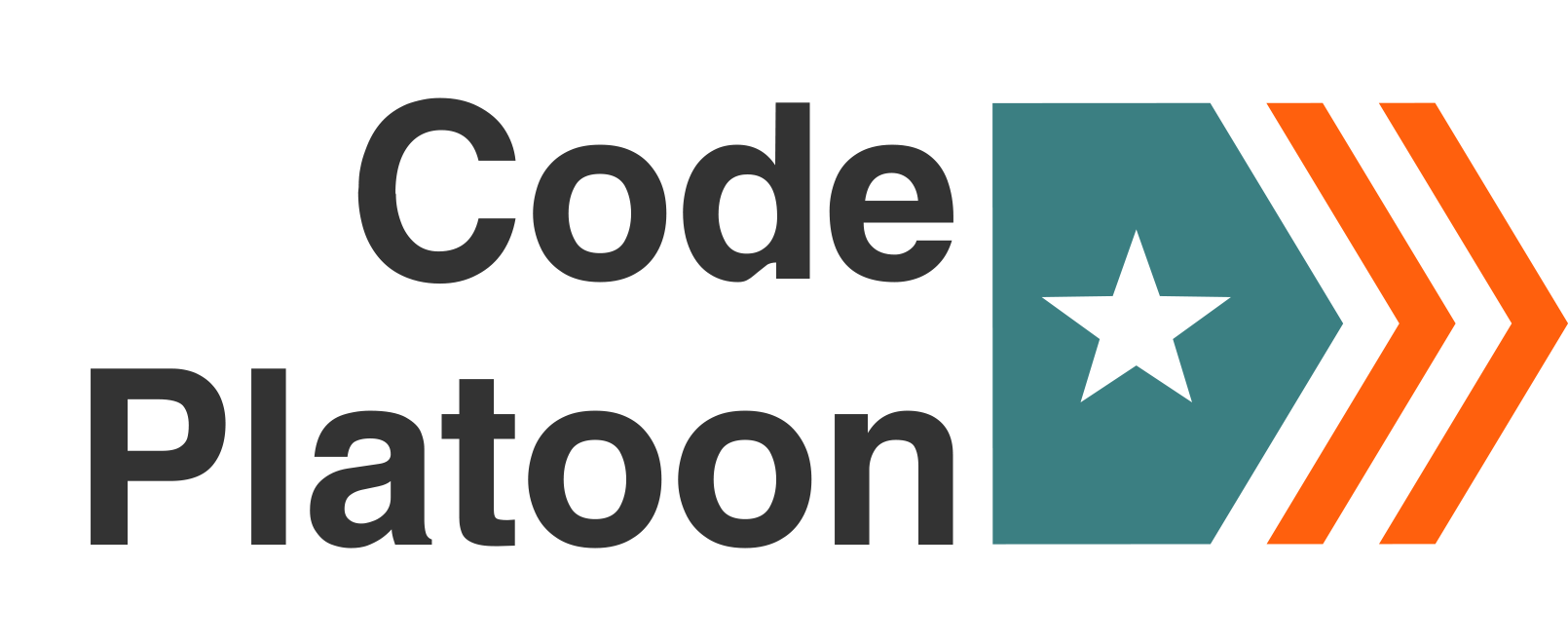
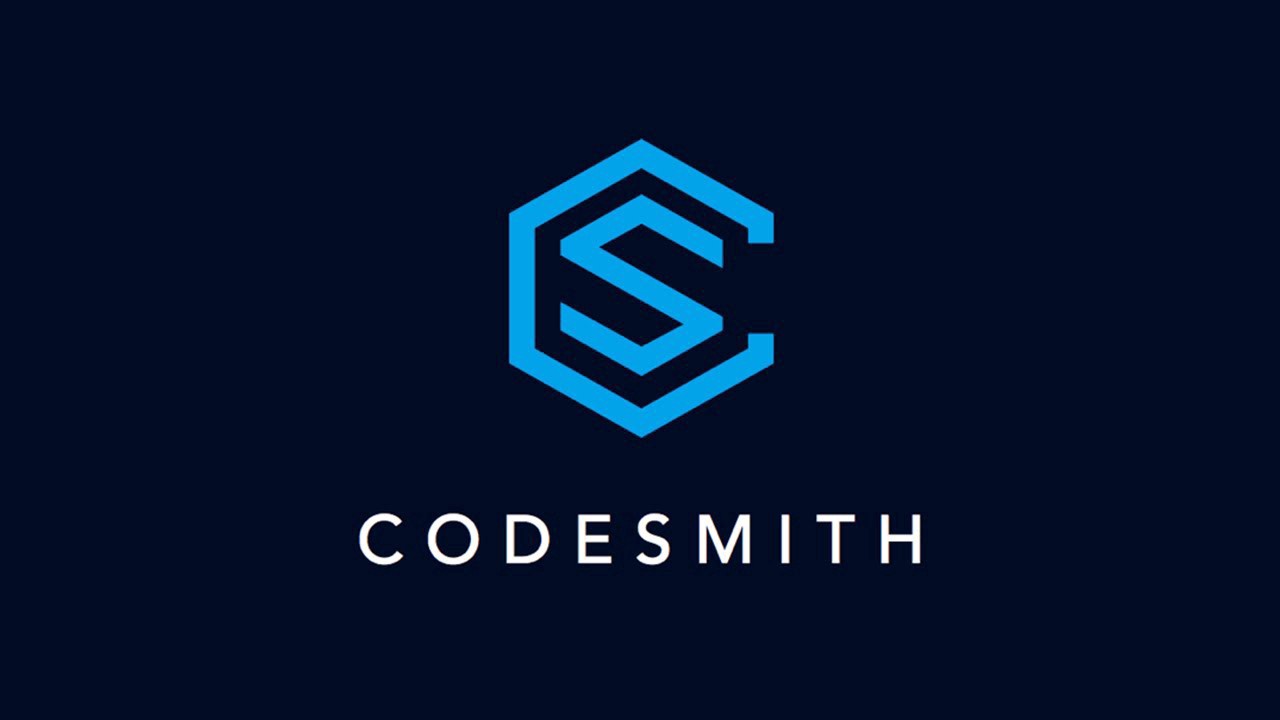
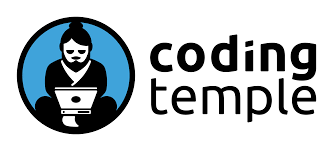
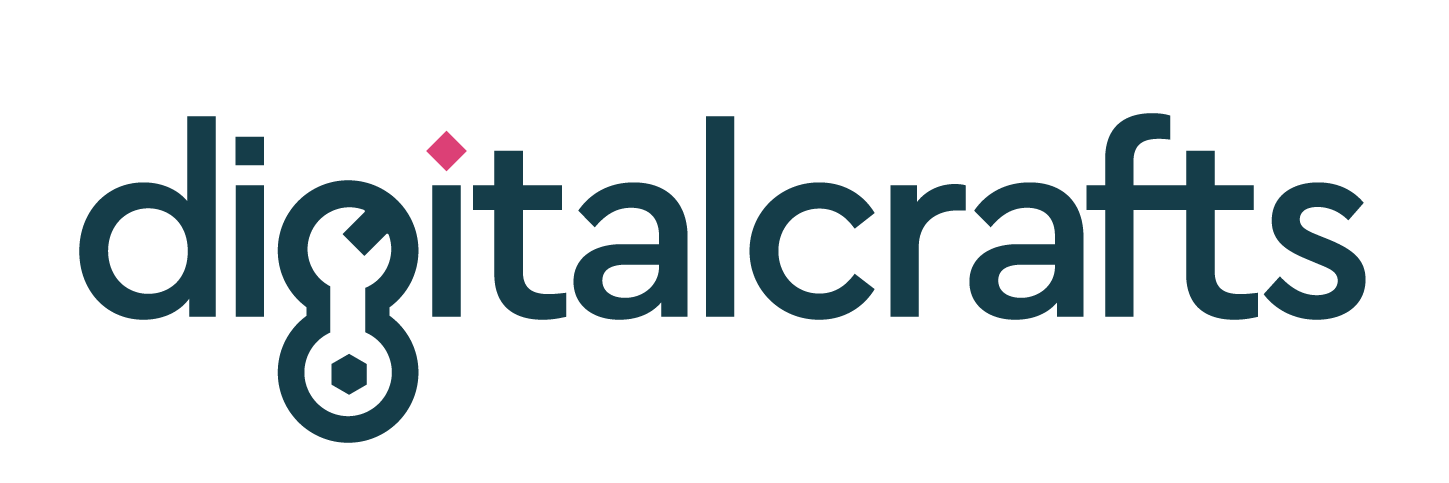





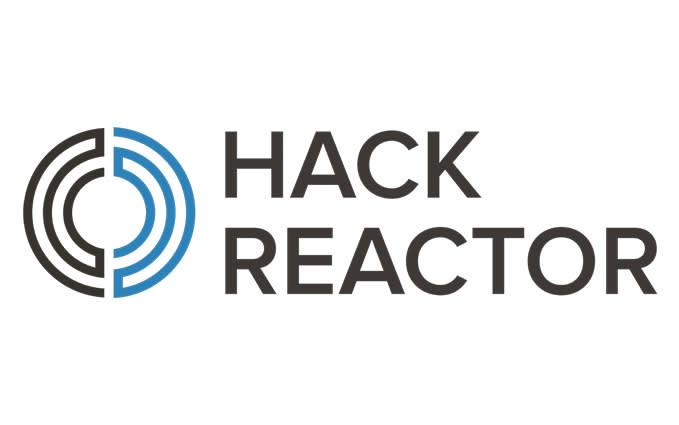

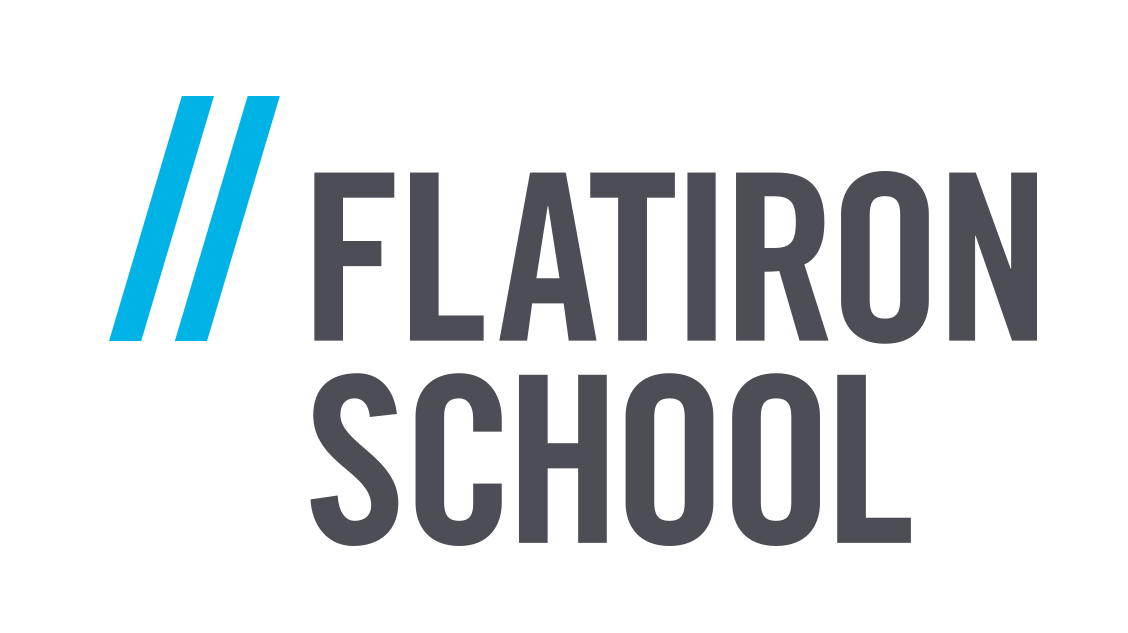
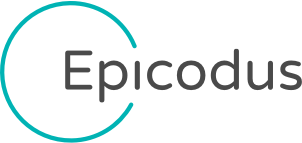







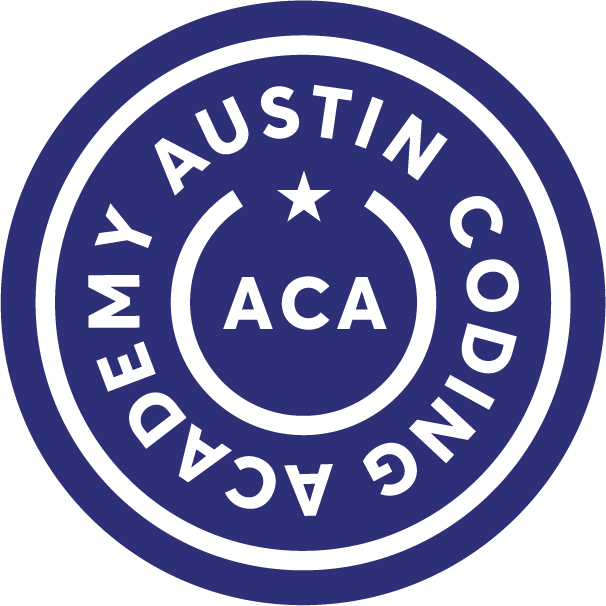


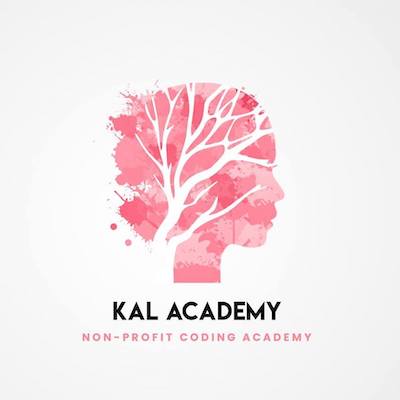




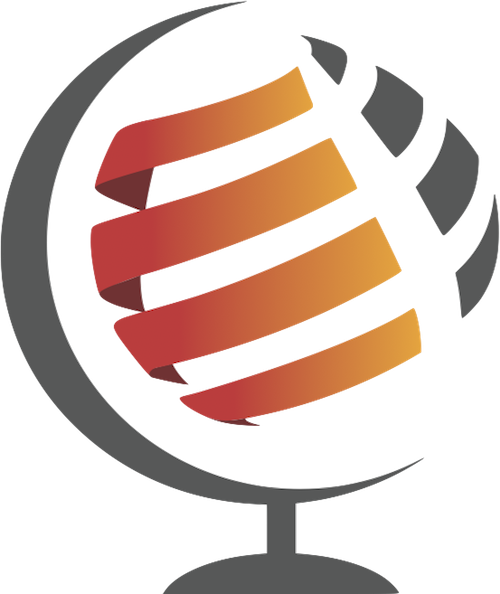


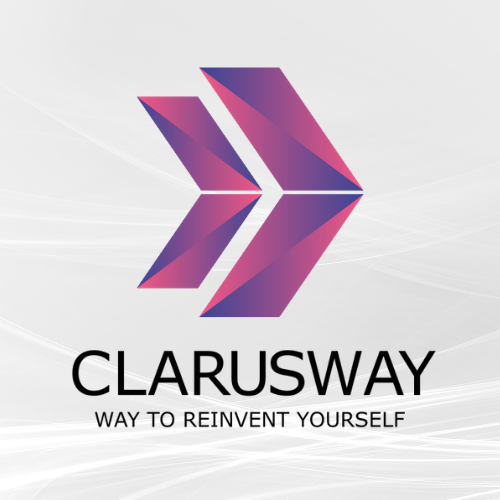






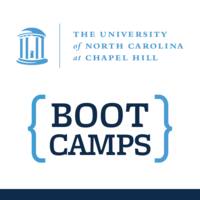
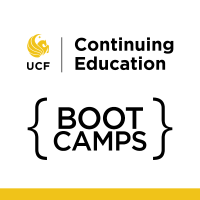


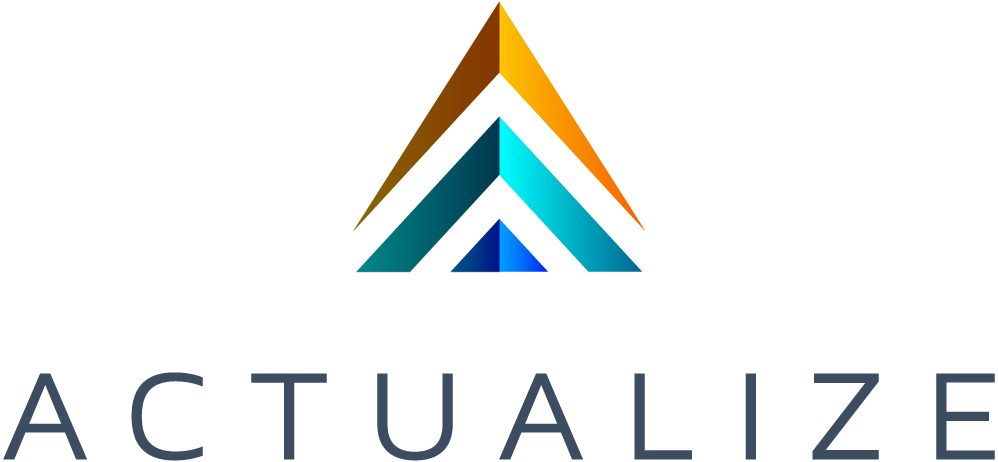





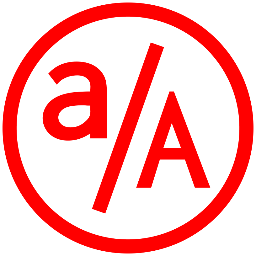
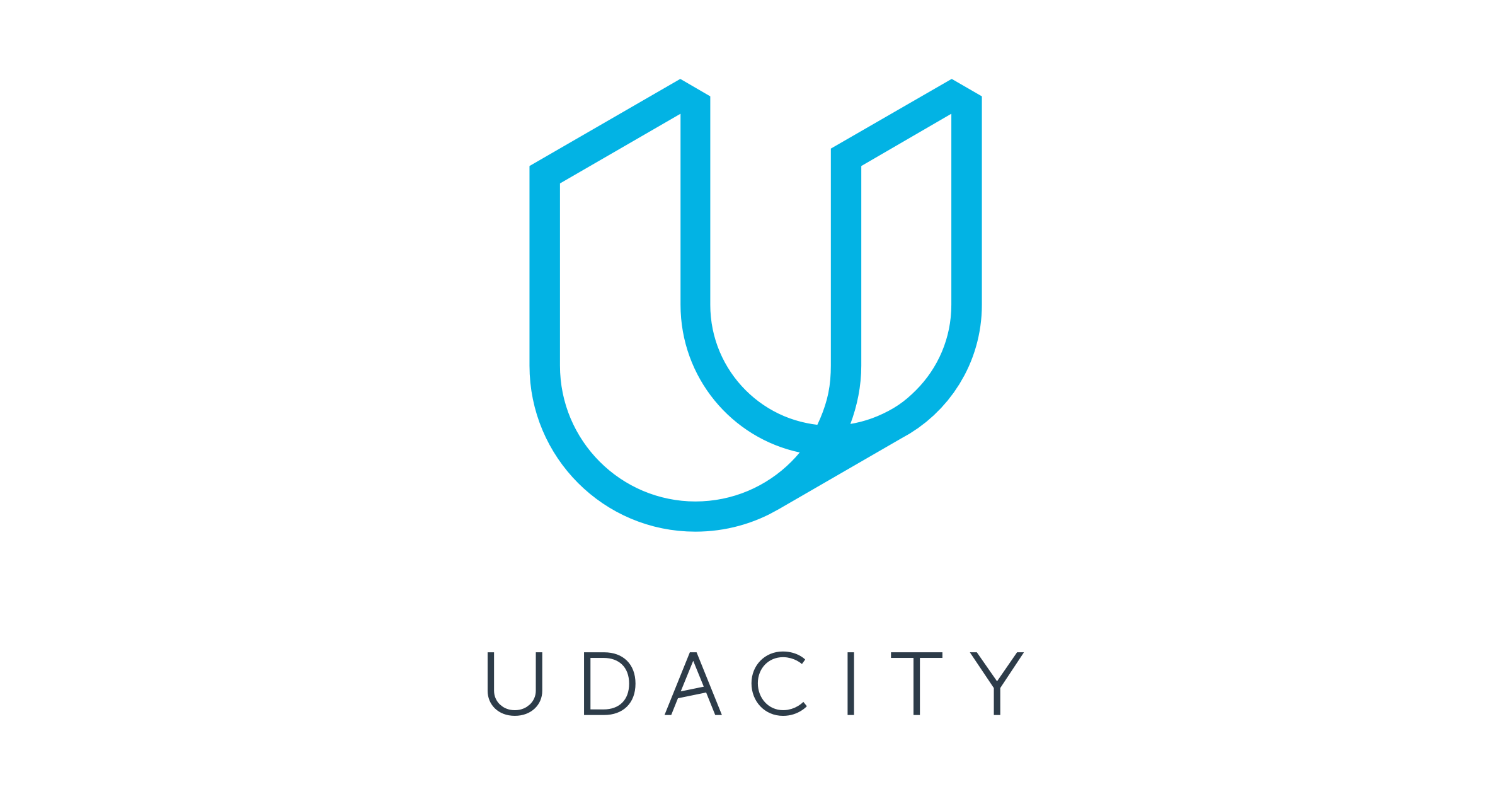


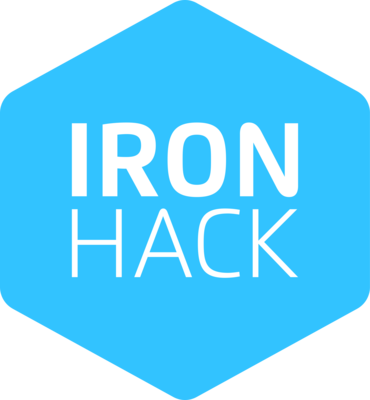
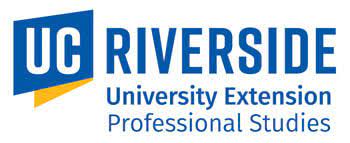
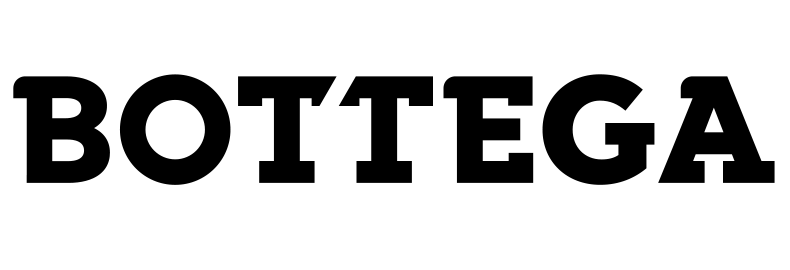


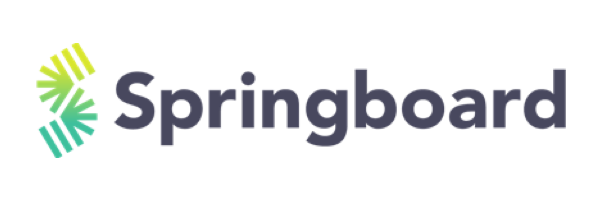


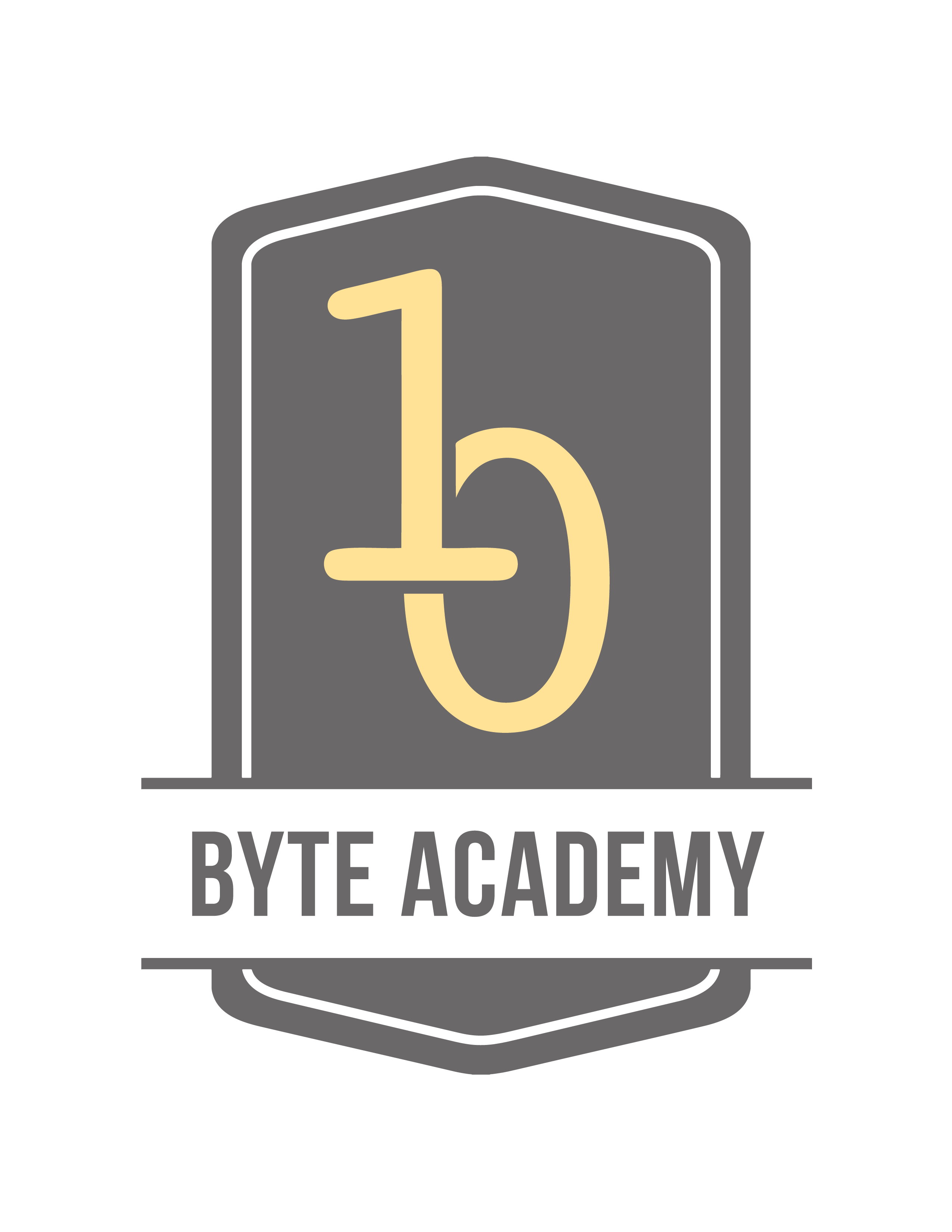




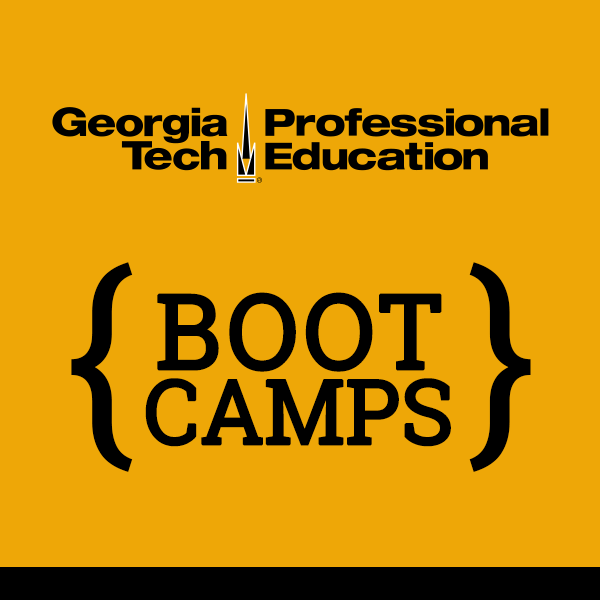


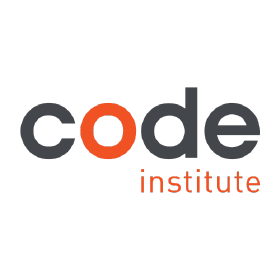

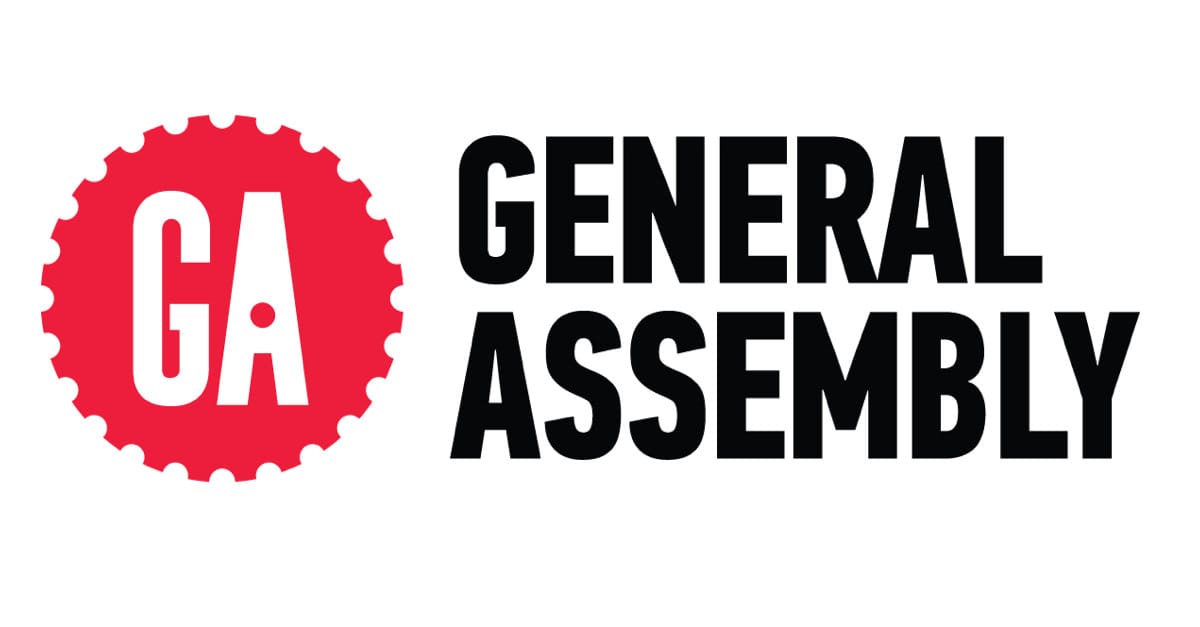
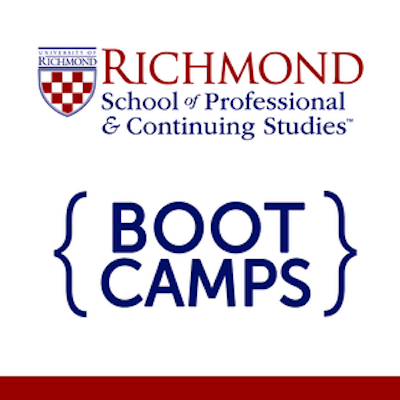



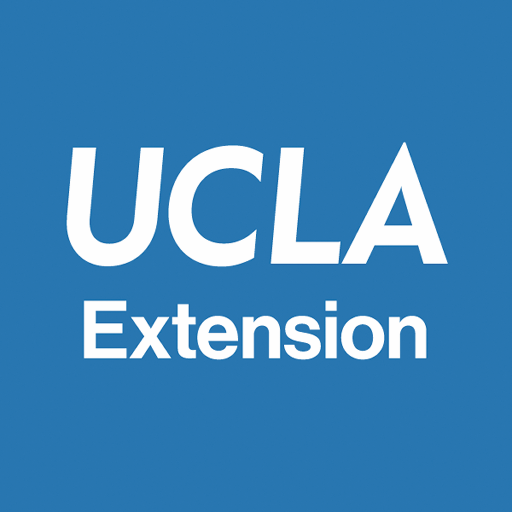
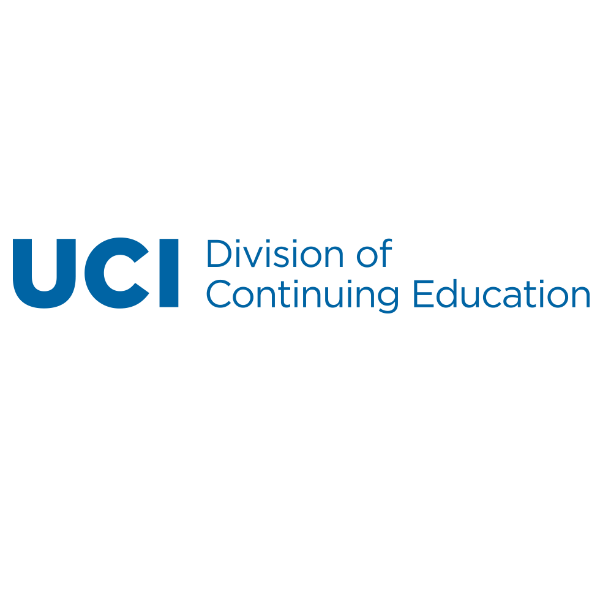




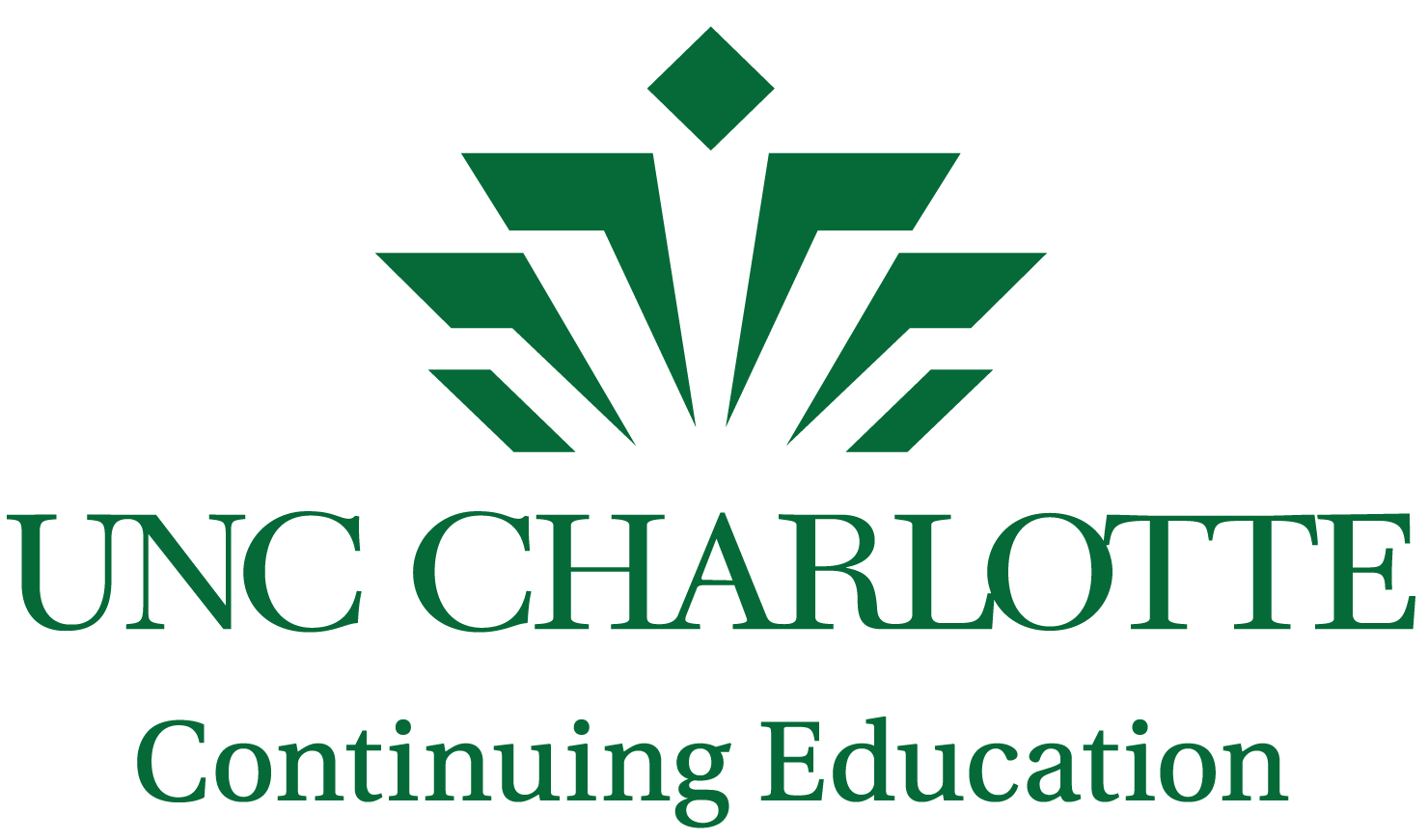







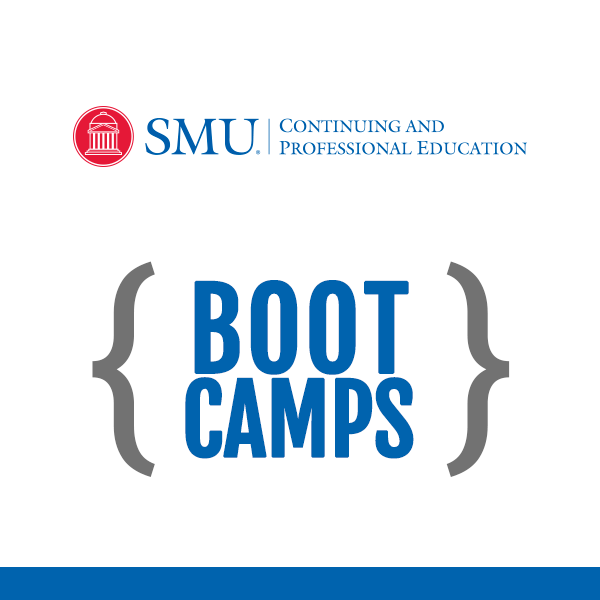

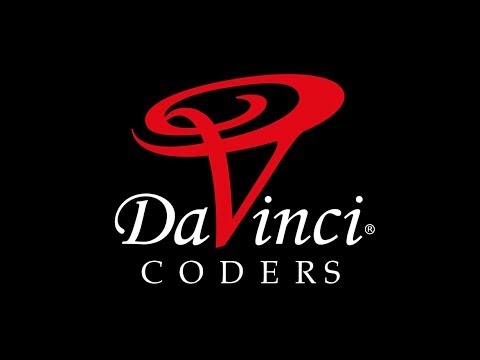










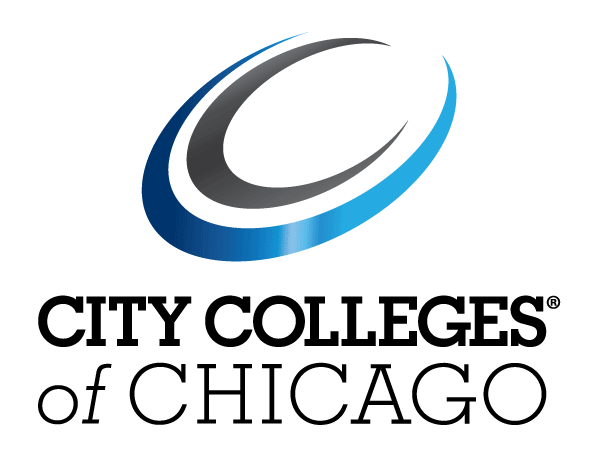
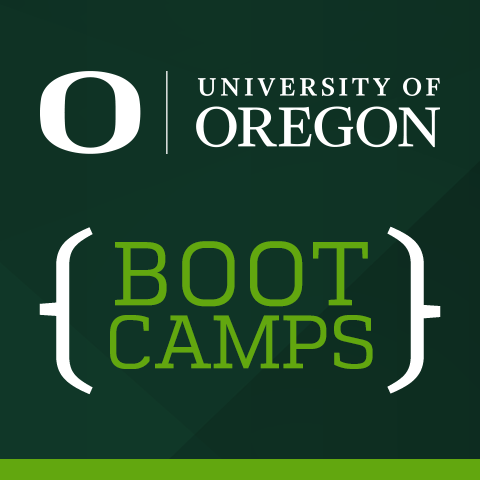















.png?ixlib=vue-2.9.1)










